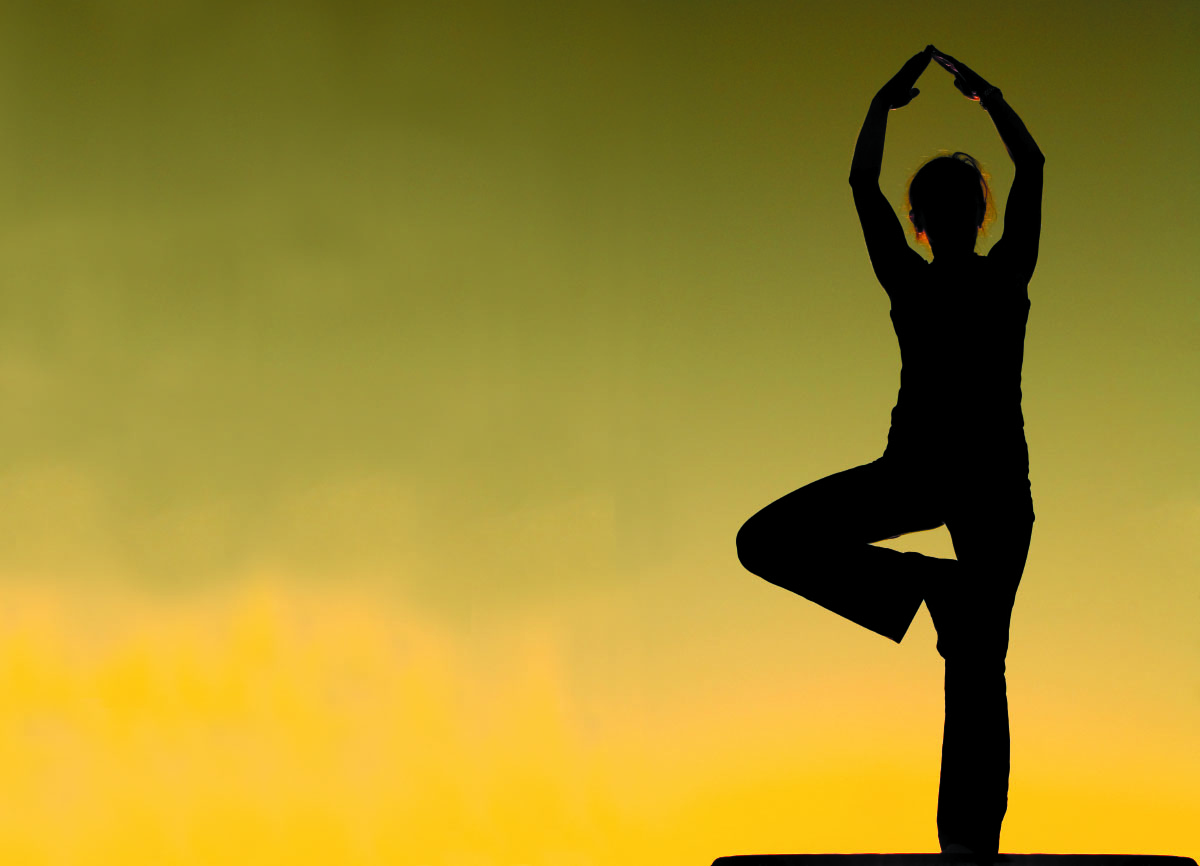Balance. There are so many different aspects to it. Mind/body, spiritual/emotional, personal/professional. This month we’re going to address the physical considerations of an even distribution of weight enabling someone to maintain their body in an upright position. Balance is essential in maintaining a good posture, and in the prevention of falls and injuries. Balance also makes daily activities easier to perform.
Three body systems are essential for the body to stay erect: the vestibular (inner-ear balance sensors), visual (eyes, muscles and parts of the brain that coordinate vision), and proprioceptive (skin, muscles & joints). The human balance system functions through a constant process of position detection, feedback and adjustment between these systems, information from which is sorted and interpreted by the brain, which sends signal back to the eyes and other parts of the body to react and keep the body upright. It is a silent system that is always functioning. It’s a system that we often take for granted, until there’s an issue that causes an imbalance, which affects our ability to perform everyday tasks. So, it’s important to consider improvement and maintenance of balance in physical fitness. First, we’ll discuss how these systems work together.
The vestibular system lies deep inside the inner ear and contains 10 organs that maintain balance by responding to head motion and direction, which then works with the visual system to coordinate eye movement, allowing us to maintain a steady gaze while moving. Think about being able to read while travelling along a winding road. The visual system is collecting information from the external world, and that information is on a feedback loop with the other two systems.
The skin, muscles and joints let your body sense itself in relation to the environment. For example, sensors in these organs that are sensitive to stretch or pressure communicate to the brain how your legs and feet are positioned compared with the ground, as well as how your head is positioned compared with your torso, helping to maintain posture. Thus, we’re able to remain upright even on a moving surface.
Since these systems work together, alterations in any of their functions, as can occur in a wide range of conditions, may result in imbalance, staggering, blurry vision, and nausea. For this reason it’s important to consult with your healthcare provider quickly if you experience any change in your equilibrium. It’s also essential to include balance “quick checks” in a physical fitness regimen. How?
The Five Times Sit to Stand Test (5XSTS) is a tool used by physical therapists for assessing functional independence; the ability to carry out activities of daily living safely and independently. It measures the amount of time it takes for a client to sit and stand five times in succession with arms folded across their chest. It can also be used to identify clients at risk for falls. All that is needed to do the 5XSST is a standard height chair with a backrest and the ability to time and record the results of the test. Instructions for the test can be found at mobilemeasures.org. The test should be administered by a trained therapist who will review the results with the client. The scores vary according to age: from 6.0 seconds for 20–29-year-olds to 19.5 seconds for those 90+. It’s important to remember that what is considered “normal” for one client may be “abnormal” for another, due to differences in age, gender and conditions, so interpretation of the results according to your specifics is essential.
The Single Leg Stance (SLS) test is another way therapists assess balance status. It is performed with the client’s eyes open and hands on the hips. The client stands on one leg unassisted; time begins when the opposite foot leaves the ground; time stops immediately when the opposite foot touches the ground and/or when the hands leave the hips. There are age-related values for this test, also, ranging from 43 seconds for 18-39 year olds to 5.6 seconds for those 80-99 years of age.
Whether you’re working on improving coordination, preventing injury, or enhancing athletic ability, balance testing and training plays an essential role in our lives, challenging and strengthening our core muscles and maintaining stability for the myriad roles we play.


